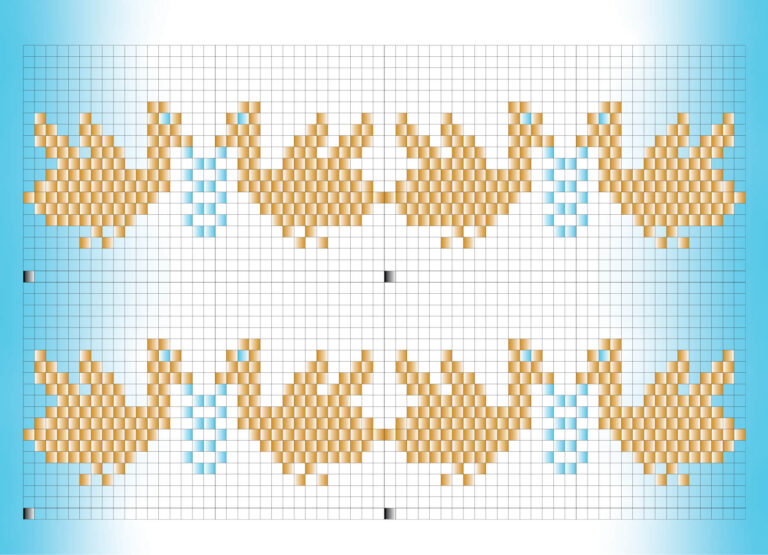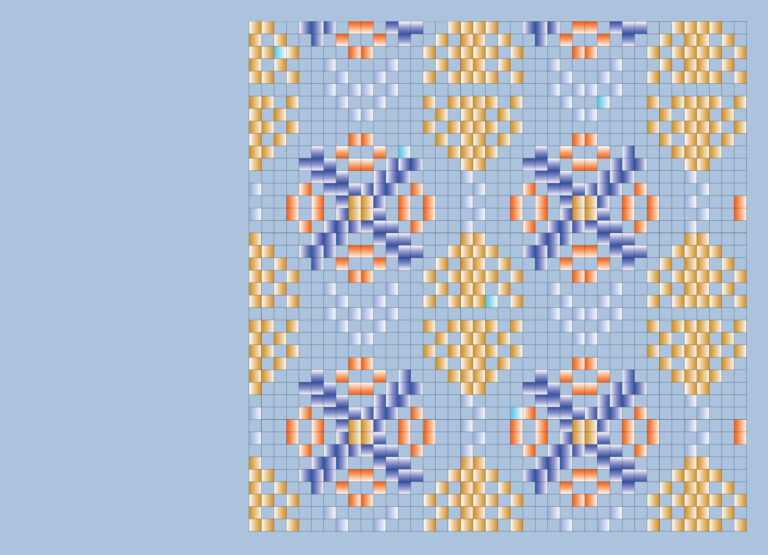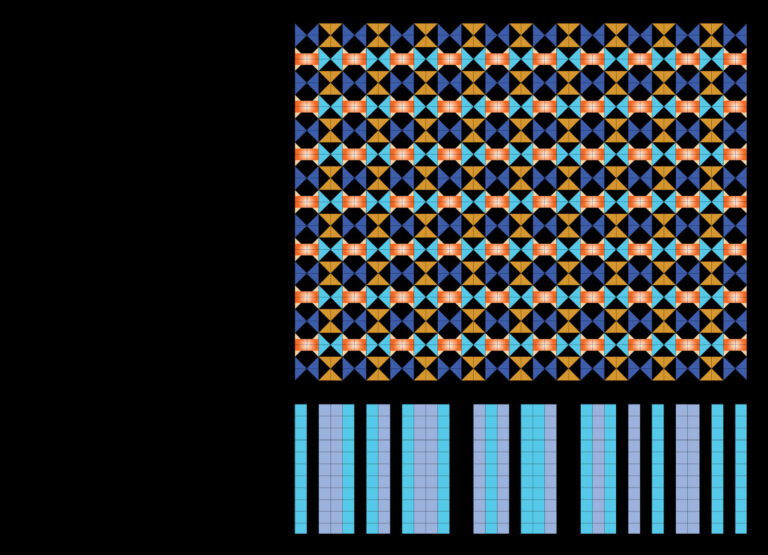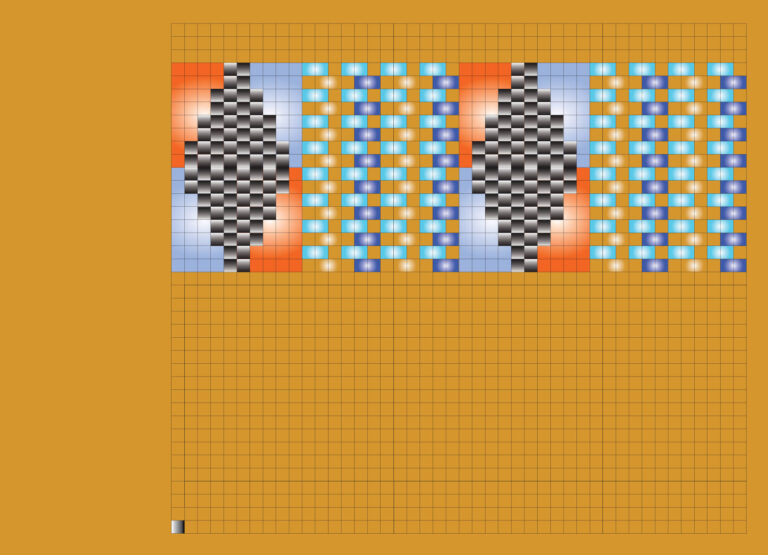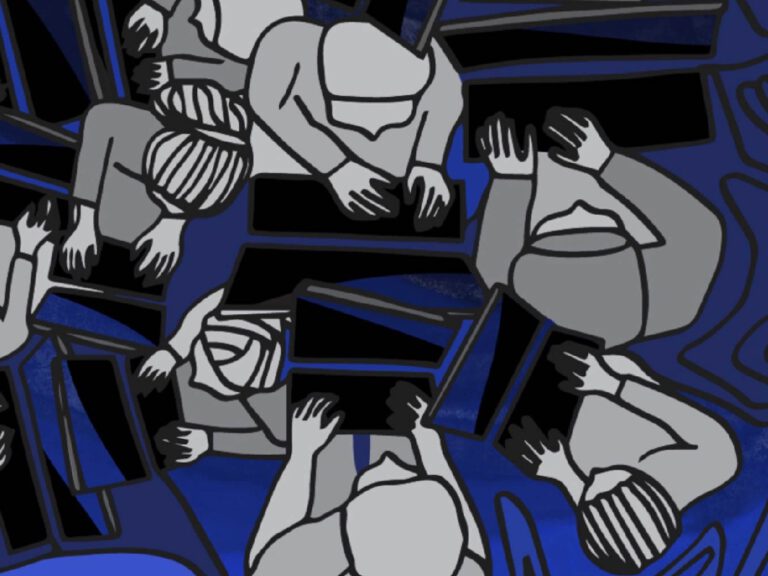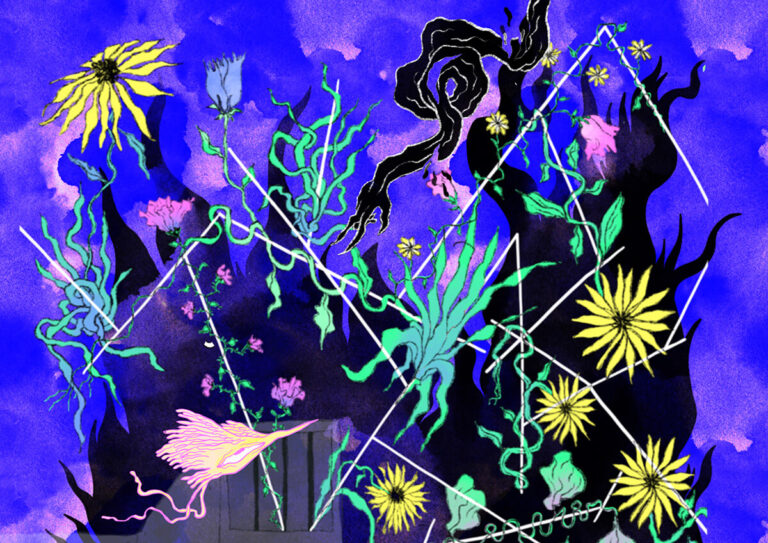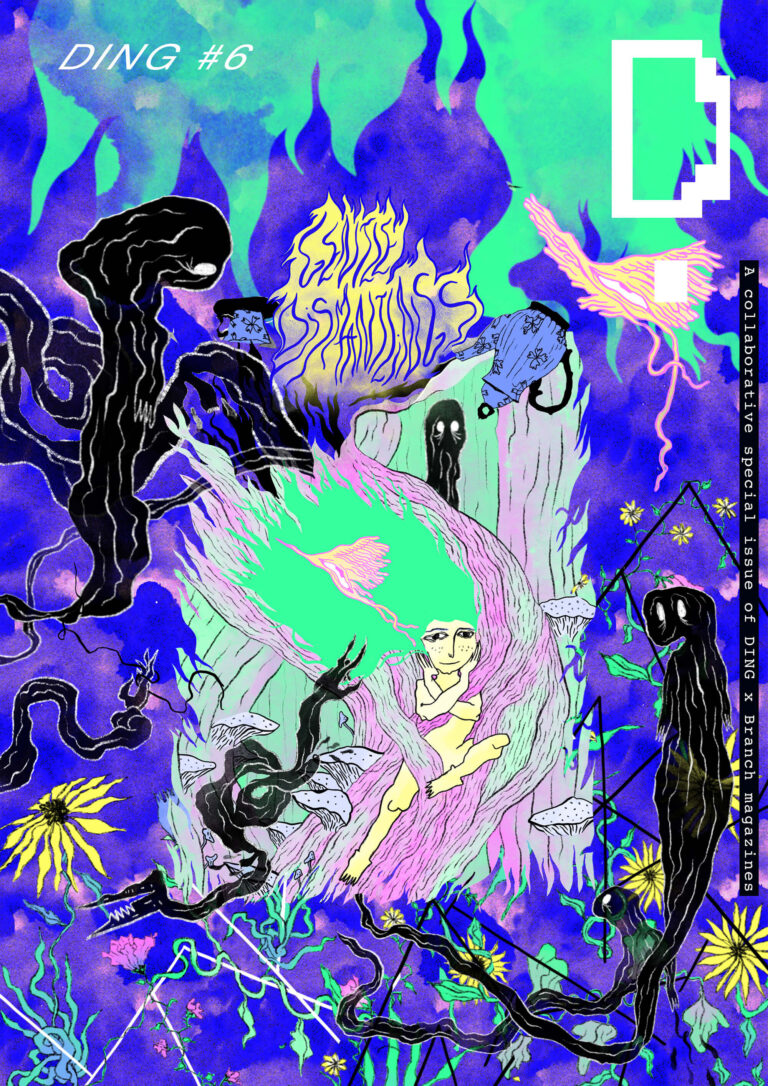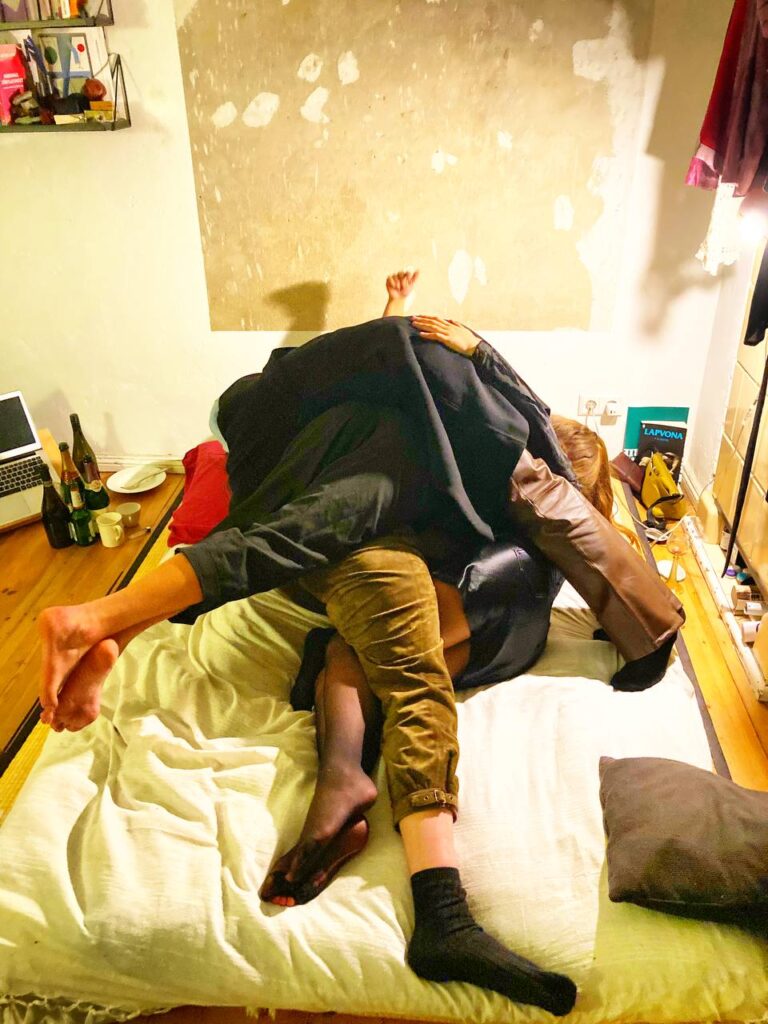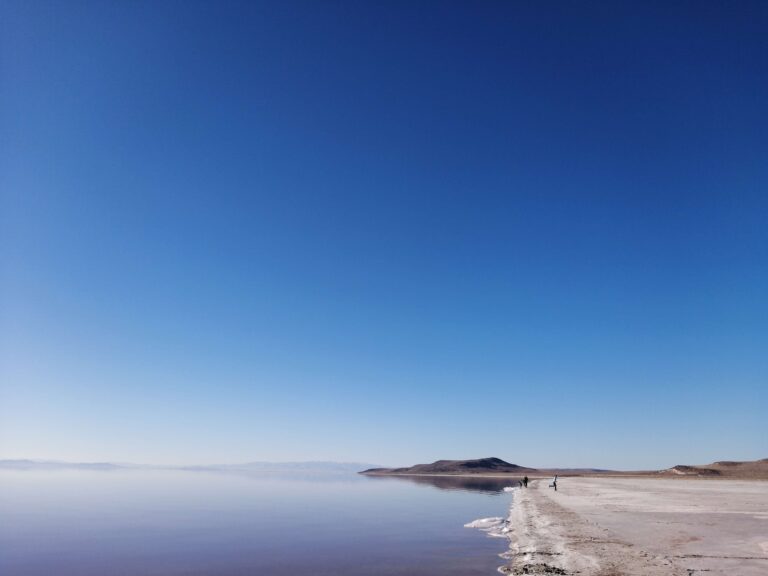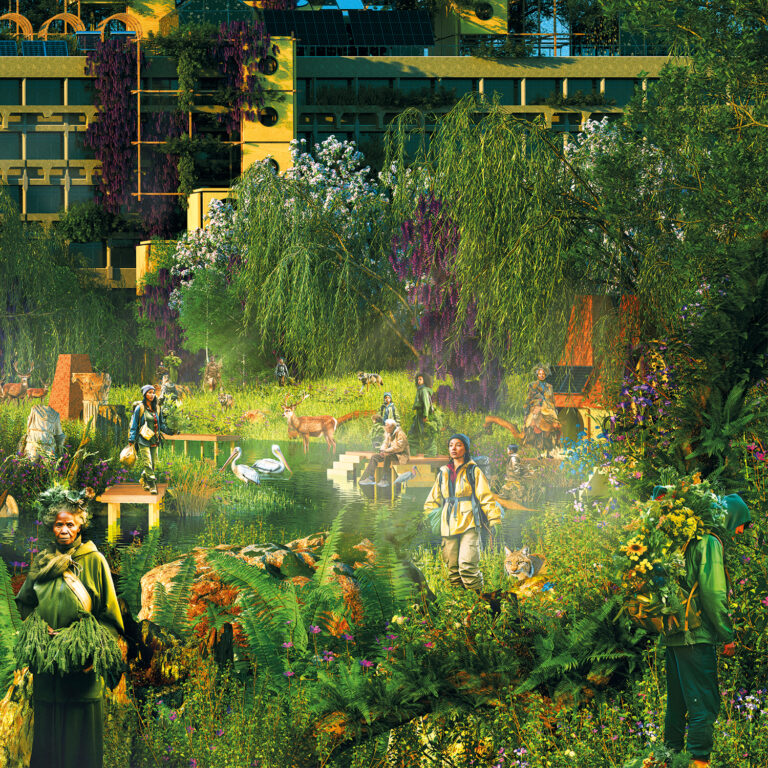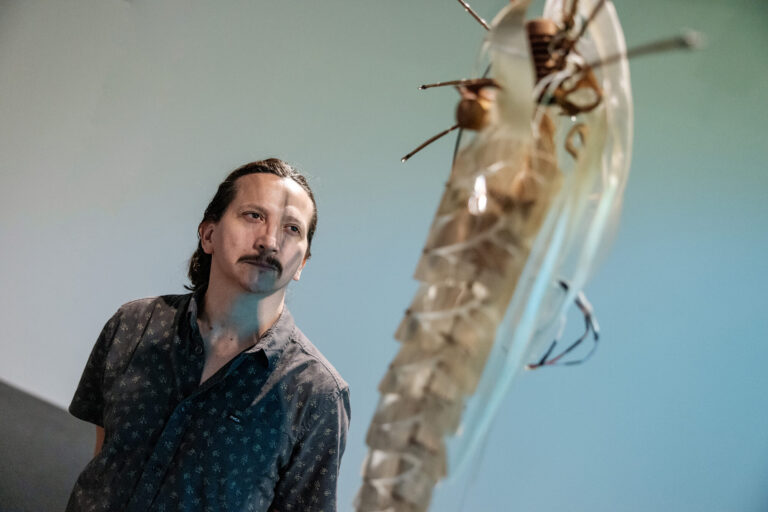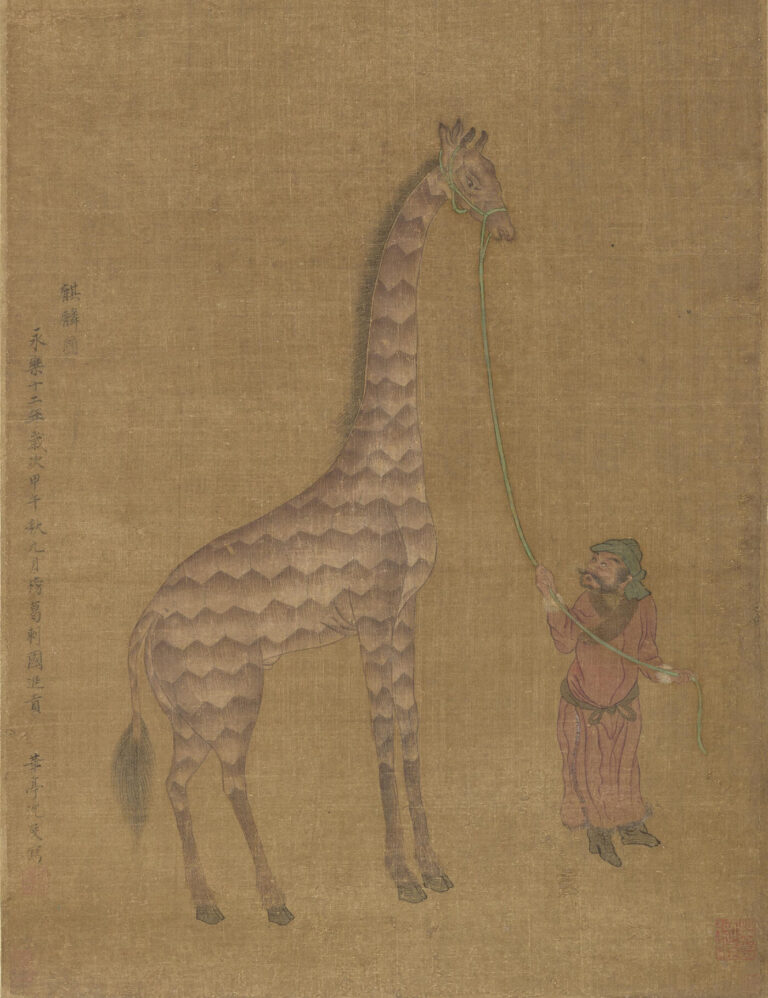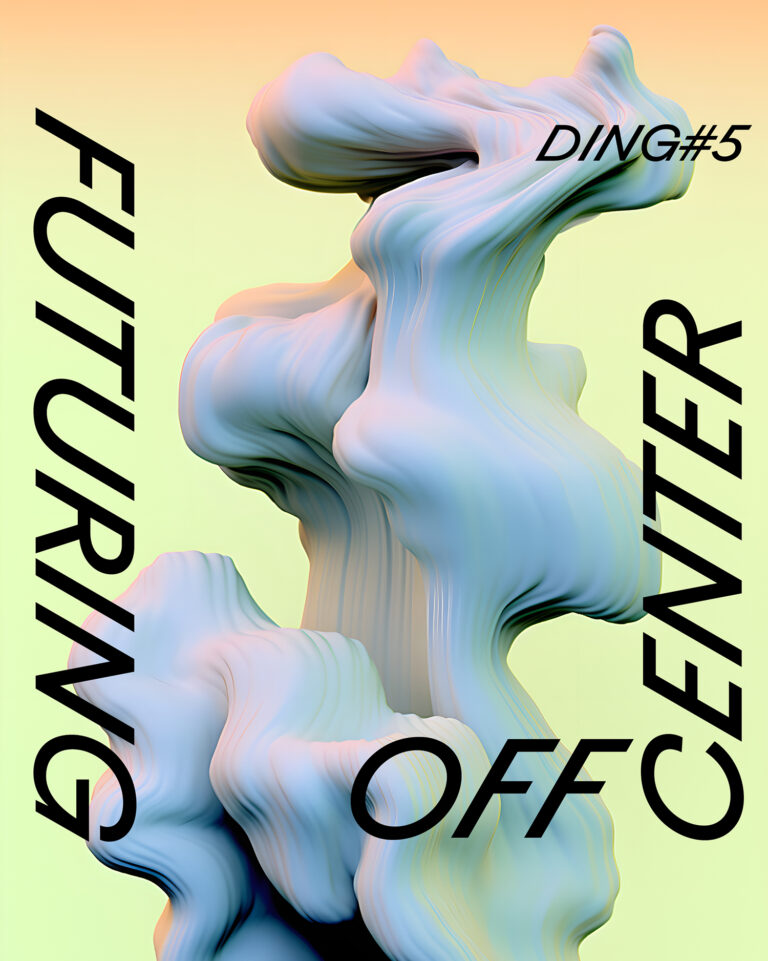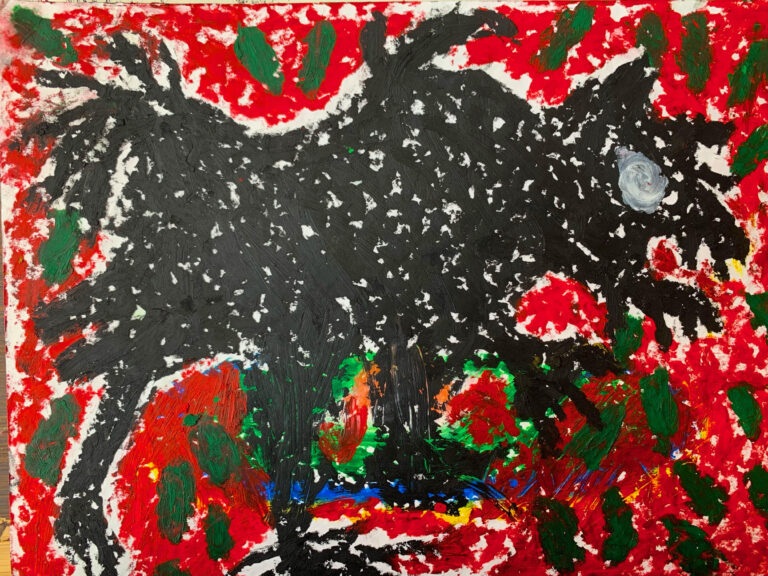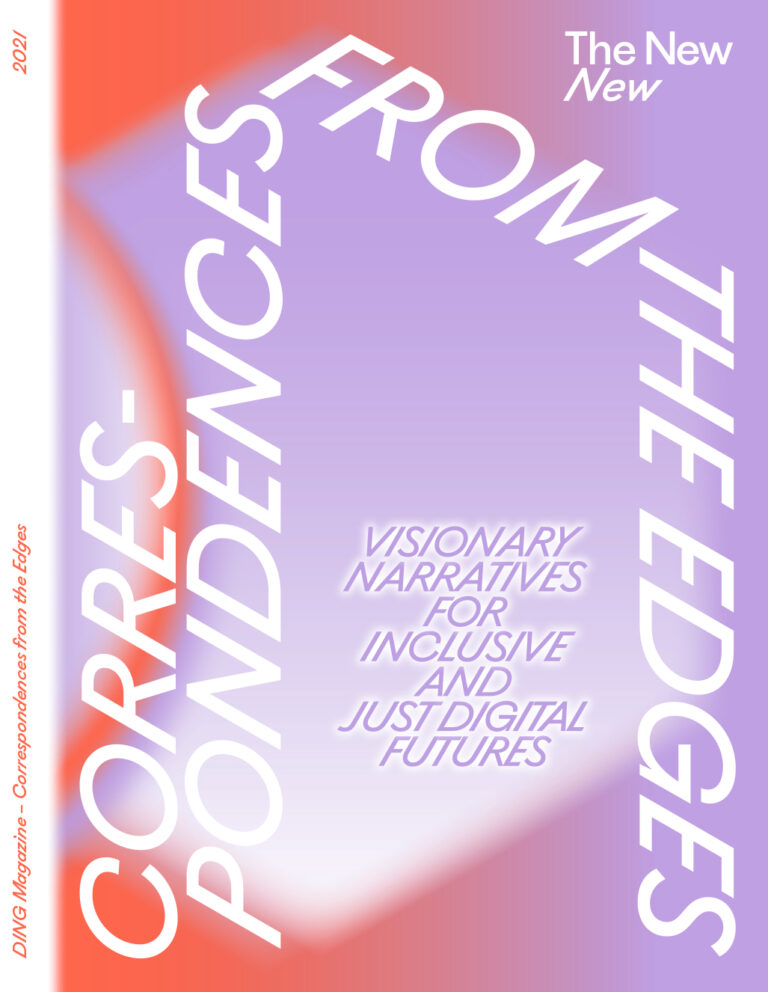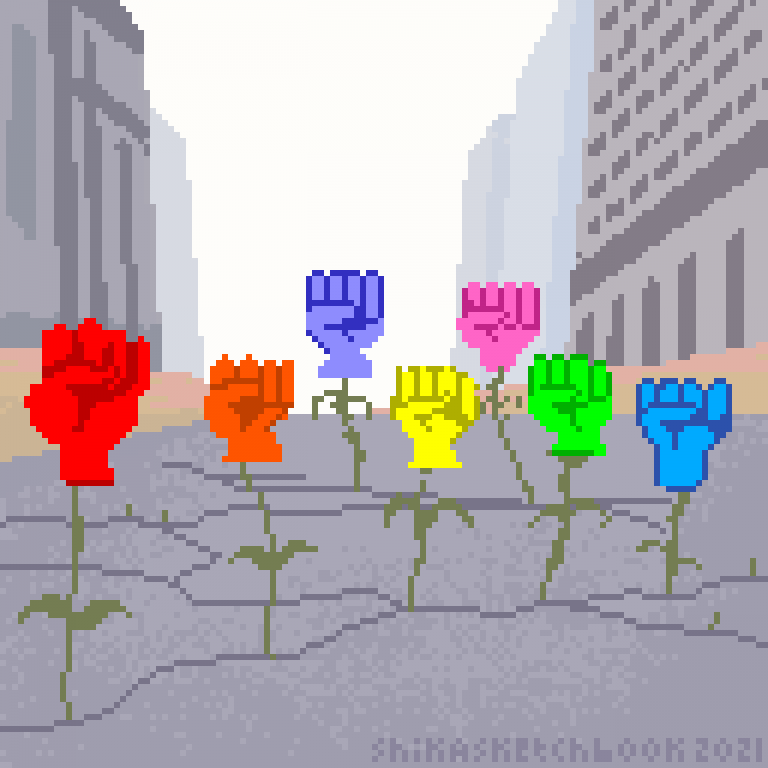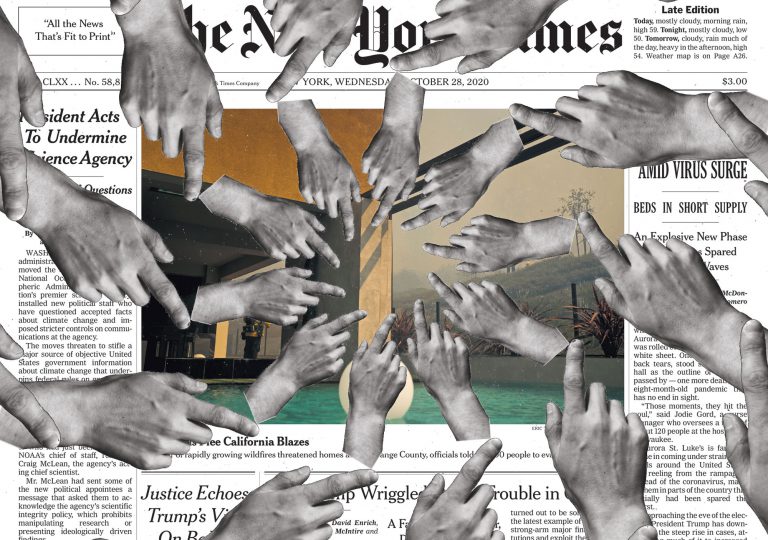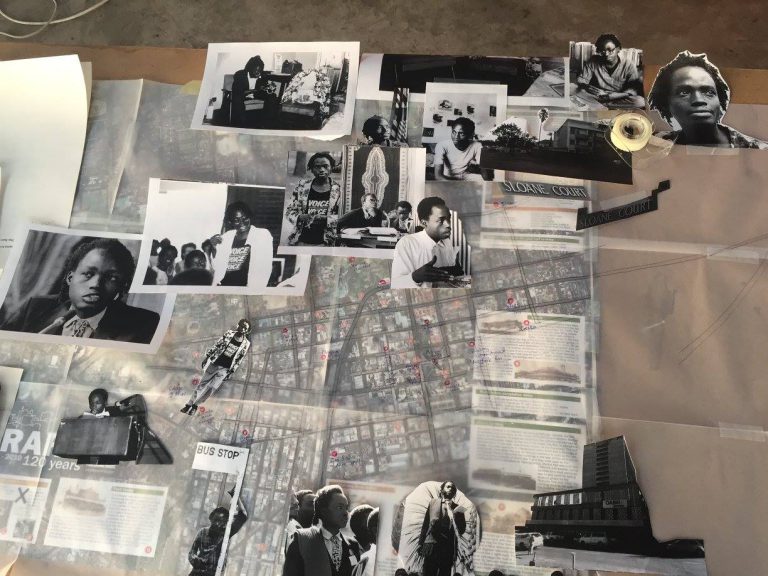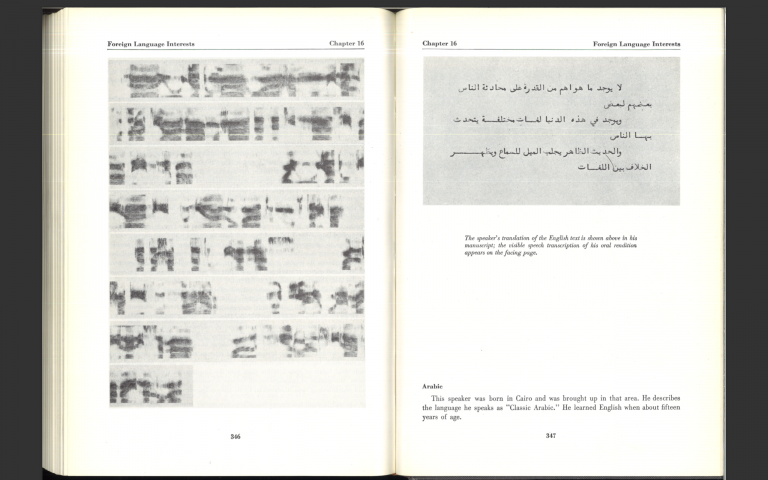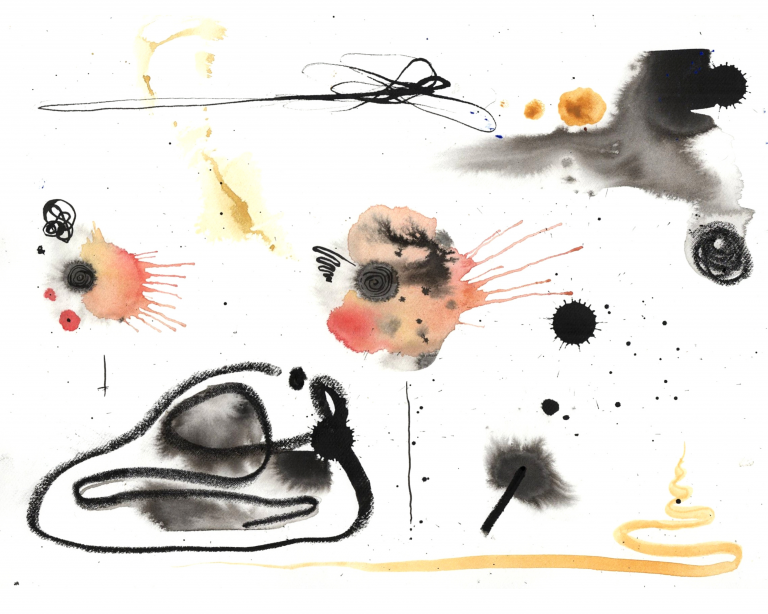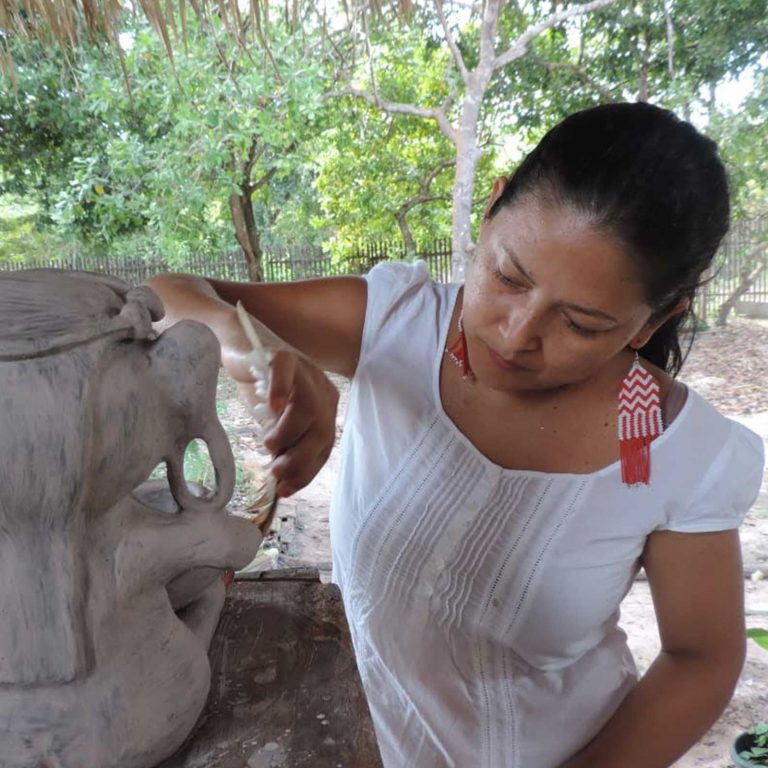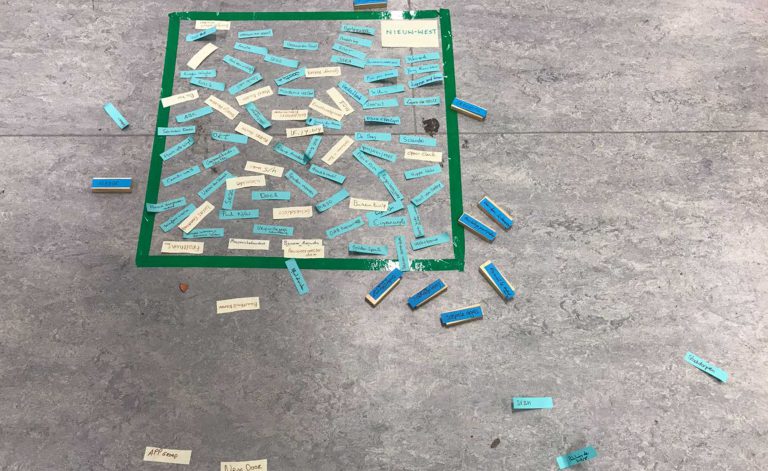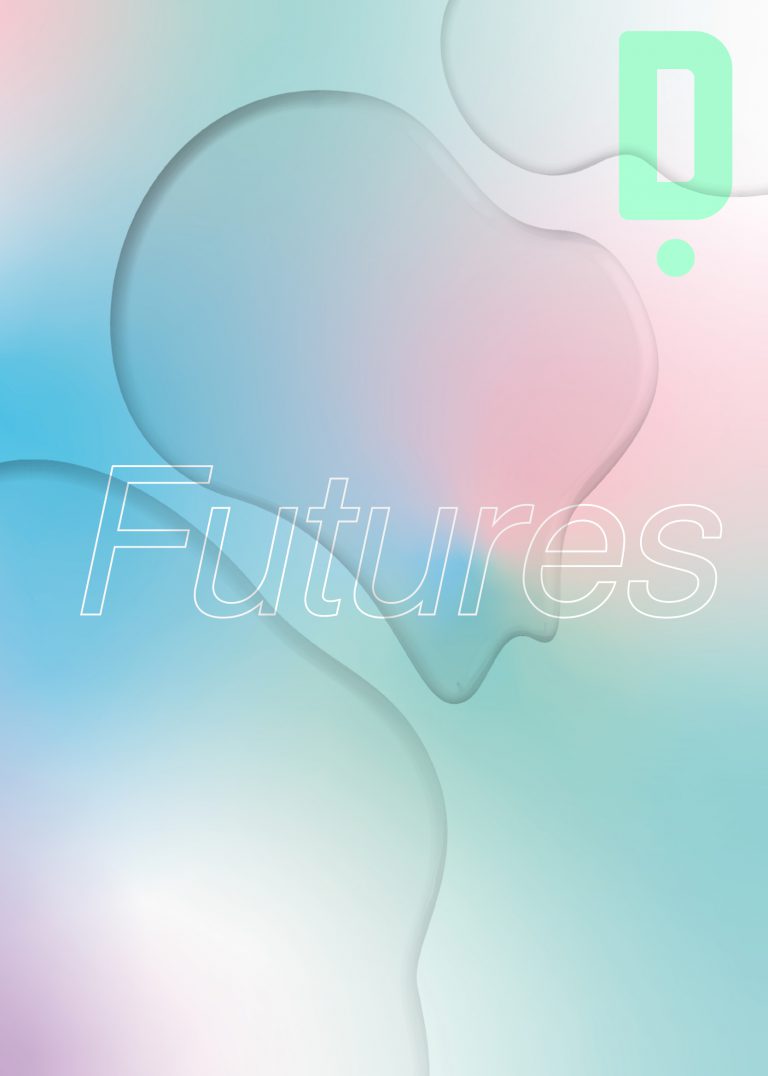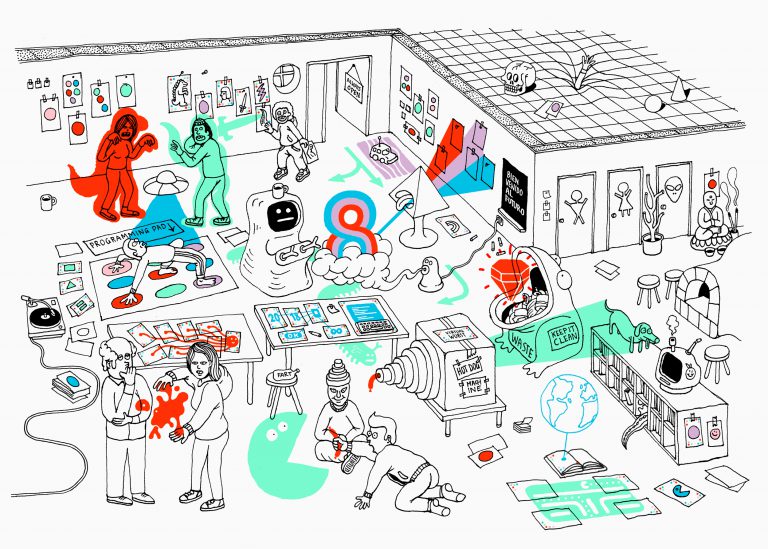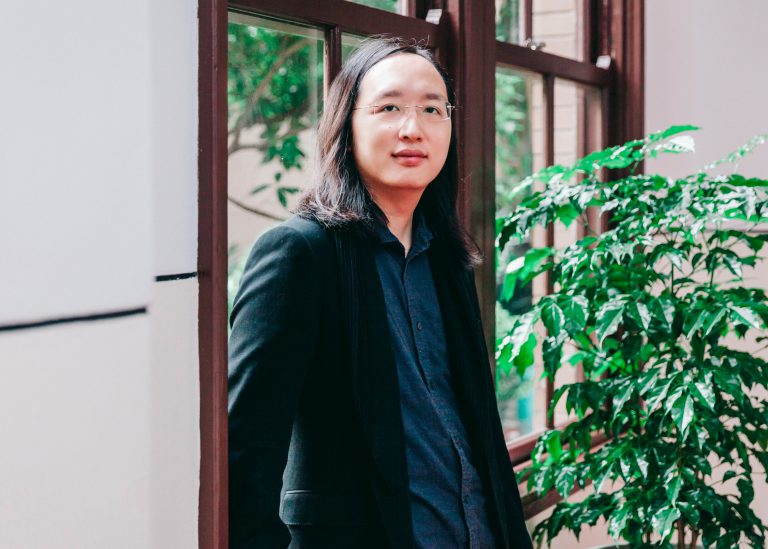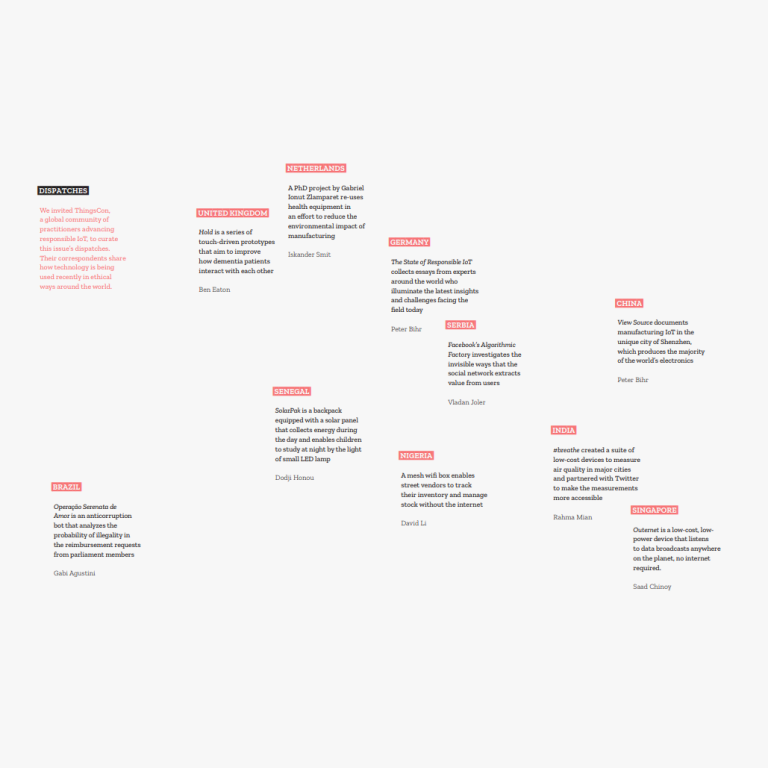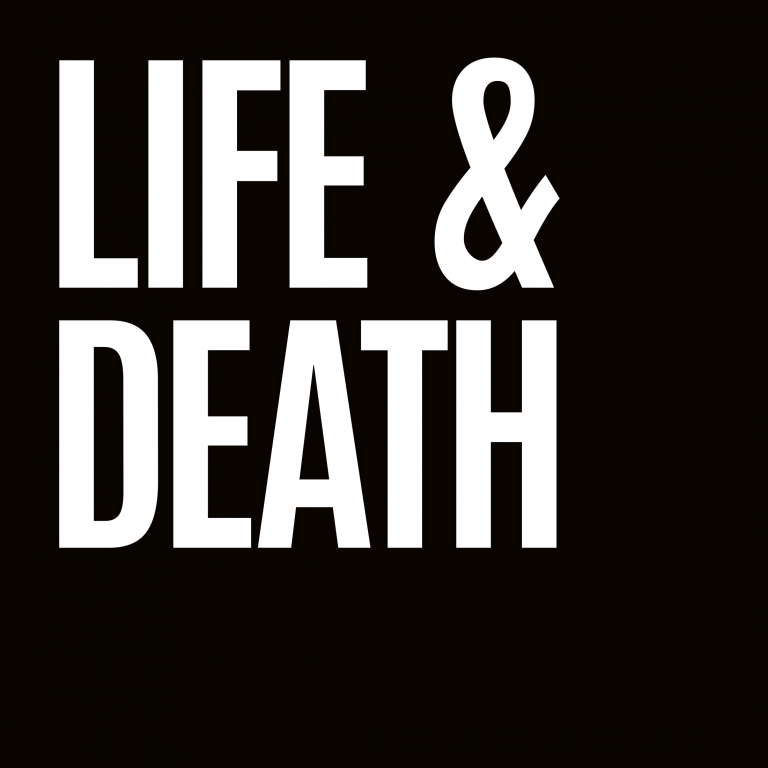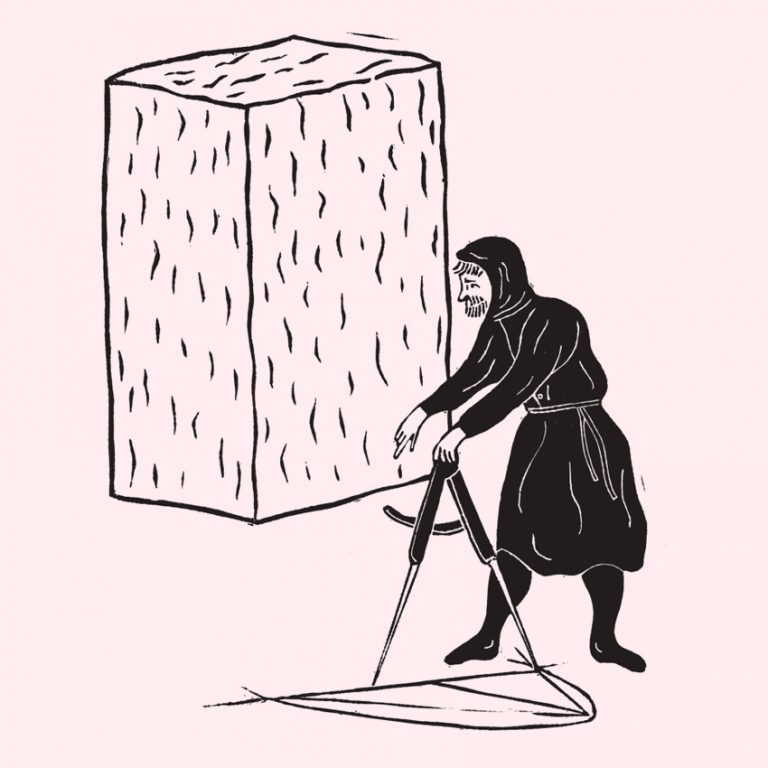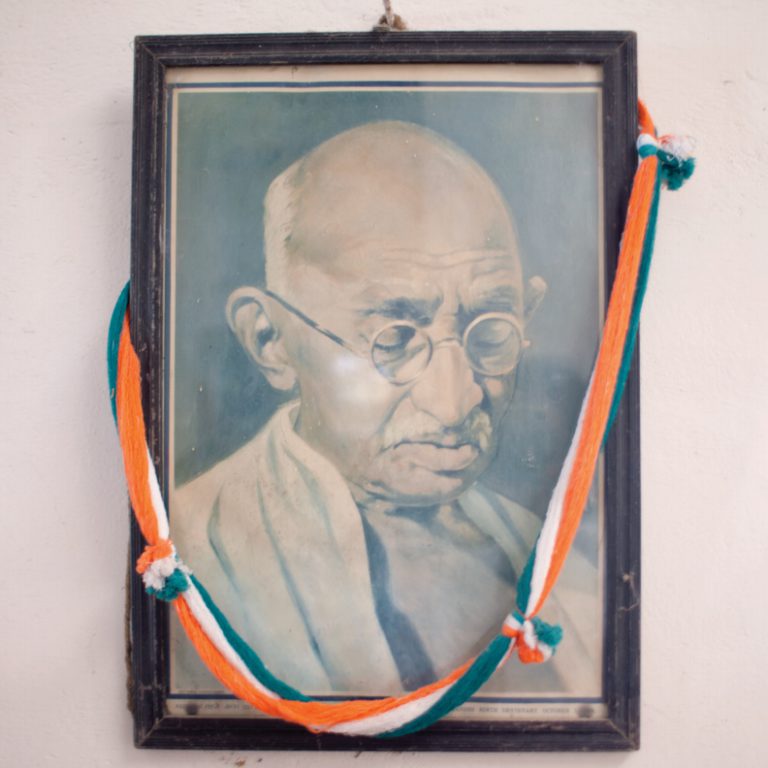On a recent visit to New York’s Metropolitan Museum of Art, I traveled through time. Not backwards, as typical in a museum, nor forward, into a shiny future extrapolated from the present. Instead, stepping inside ‘Before Yesterday We Could Fly’, I traveled through time that felt continuous and circular. Unlike neighboring wings that offer glimpses of European history, this Afrofuturist period room stands in contrast with its surroundings, reading as a fearless love letter to futures that were lost. The exhibition offers an immersive retelling of the story of Seneca Village, the first free Black community in New York City. Through the minds, work and voices of contemporary artists, the exhibition invites visitors to witness what could have been the home of a present-day resident, had Seneca Village’s short existence not been brought to an abrupt end in 1857, when the city seized the land to make way for Central Park, the museum’s lush backdrop today.
Pushing the conventional limits of a period room, the exhibition does not aim to precisely depict the past, but acts as a radically imaginative portal into an alternative future that asks – what if? For me, its power extends even beyond, into what else it makes possible. By telling a story otherwise lost, it begins to make room for other silenced histories, including all the futures made implausible by colonization, capitalism, and modernity.
I think of myself as an accidental futurist of sorts. In all my years growing up and practising as a young designer in India, the concept of “the future” held no particular creative or intellectual appeal. Had you asked me to imagine the future back then, I would have struggled to think beyond generic sci-fi. Yet, owing to a series of spontaneous decisions, I found myself pursuing a master’s in Strategic Foresight in the hope of broadening my design toolkit. My initial encounters with formalized foresight techniques left me giddy with excitement. Learning to systematically study the forces of change, envision plausible worlds, and design objects and strategies informed by the long-term expanded my horizons as a creative practitioner, as I had hoped. Fairly quickly though, I realized that despite talking about futures (always in the plural) we were somehow subconsciously committed to building singular images of the time yet-to-come.
While the concept of alternative futures is the core of the discipline, critical examination of the entangled histories that make the present moment complex often gets left out. The conventional approach employed in futures work insufficiently supports the exploration of plural and alternative perspectives that would make this possible. As a result, the subjective, yet widely accepted, “legitimate” frameworks of time, space, and meaning-making have tended to shape the narratives of possible, plausible, and preferred futures. In foresight, just as in pop culture, our collective imagination of the future of our planet remains dominated by historically privileged worldviews and mythologies. Zia Sardar, a renowned futurist and one of only two scholars of color in the required reading list of my course, notes that this dominant mode has “a clear Western genealogy which is evident from the way time and space are perceived, masculinity and technology are privileged, social organization and institutional arrangements are structured, and non-Western cultures are made invisible.¹
The tools we use to explore, anticipate, and build futures play an undeniable role in privileging and marginalizing perspectives. Recognizing the specific ways in which existing practical frameworks either exclude, or fail to support, culturally diverse perspectives made it clear to me that decolonizing futures requires an alternative framework that actively centers the histories, perspectives, and participation of non-dominant cultures. Addressing the glaring lack of historically marginalized perspectives in futures discourse by making space for local philosophies and traditions that largely remain invisibilized and underrepresented thus became an urgent task for me. In 2018, I founded the Decolonizing Futures Initiative which asks how we might use local knowledge systems, histories and, most importantly, conceptions of time/space as alternate ways of thinking about the future. In an effort to pluralize the contemporary foresight toolkit, this work intentionally decenters Anglo- and Eurocentric ideas and structures of knowledge to create space for non-Western ways of knowing, being, and doing in futures work. Through a novel futuring technique inspired by the ancient Indian storytelling tradition of Kaavad,² the initiative’s workshops have served as participatory spaces for local communities to collectively envision their preferred futures, imagining their flourishing beyond current systems of oppression and extraction.
As much as this work is about imagining the new, it must begin with unlearning the old. Here, the challenge is to surface hegemonic viewpoints that confine how we imagine the future and draw attention to their subjectivity. I frame this as a “challenge” because, more often than not, these dominant viewpoints lurk invisible beneath the surface. When we think about the future, what do we take for granted, what do we mistakenly consider “neutral” or “universal”? Who owns, shapes and benefits from these default images? Dependency is a prerequisite for domination; hence, a key characteristic of colonization is the forceful removal of structures that facilitate and support local self-organization. To decolonize our minds and our imaginations it is important to remove dependencies by creating alternatives that can support agency and local self-actualization. This begins with challenging and dislodging the dominant colonial tropes that limit our imagination of possible worlds.
In 2021, the UN Secretary-General published ‘Our Common Agenda’,³ declaring the 2020s as the “Decade of Action”. Our world already looks dramatically different. We are no longer anticipating a crisis; we are in the midst of it. Ecosystems are collapsing, minorities are under constant and heightened threats, and at any given time, no matter where you are in the world, neither conflict nor war seems distant or improbable. At such a time, what stories are worth telling and believing in?
It is natural to feel overwhelmed in times of crisis, as we watch the number of favorable outcomes shrink. But, by interrupting the unchallenged calcification of the past and present into the future, the crisis also cracks open time. The one-size-fits-all future once perceived as “inevitable” that acts as a glossy guise for colonial legacies of violence begins to lose its grip. In times of crisis, new stories with the power to break the spell of the old narratives are needed to create a paradigm shift.
Imagination precedes our ability to create. Decolonizing futures is not just an abstract concept but a powerful call to action. It asks us to tell compelling stories and dare to imagine brave journeys through radical transitions. To build worlds where the earth and our marginalized identities thrive is possible – to decolonize is to dream of those futures and speak them into existence. These worlds, however, cannot be realized without shifting, dismantling, and inverting foresight’s power structures as well as the systems it seeks to influence. Alternative futures must ultimately inspire alternative ways of being and doing in the present. So what changes must we make today, for more inclusive, regenerative, equitable tomorrows, for futures that are worthy of your dreams?
“There is nothing new under the sun, but there are new suns.”
― Octavia E. Butler
1. Sardar, Z. (2010). The Namesake: Futures; futures studies; futurology; futuristic; foresight—What’s in a name?. Futures, 42(3), 177-184.
2. Sabnani, N. (2009). The Kaavad Storytelling Tradition in Rajasthan. Design Thoughts, 28-33.
3. Our Common Agenda: https://www.un.org/en/content/common-agenda-report
